Beyond the Bin: The Many Faces of Plastic Management |ChemFam #66|
Greetings to everyone! Plastic is all around us, offering convenience and utility in our daily lives. But the dark side of this convenience is the ever-mounting problem of plastic waste clogging our environment. The popularity of the plastics boomed in the 1950s and has been growing ever since. In 2018, 359 million tonnes of plastic were produced, one-third of which was single-use packaging plastic, and only 10% of the total production was recycled. Moreover, the demand for plastic increased in 2019 by up to 3.5% and it does not seem to stop. To address this issue, a range of approaches has emerged, each with its own unique way of dealing with plastic. In this article, we'll take a closer look at plastic upcycling, recycling, downcycling, and the latest innovations that promise a cleaner, greener future.
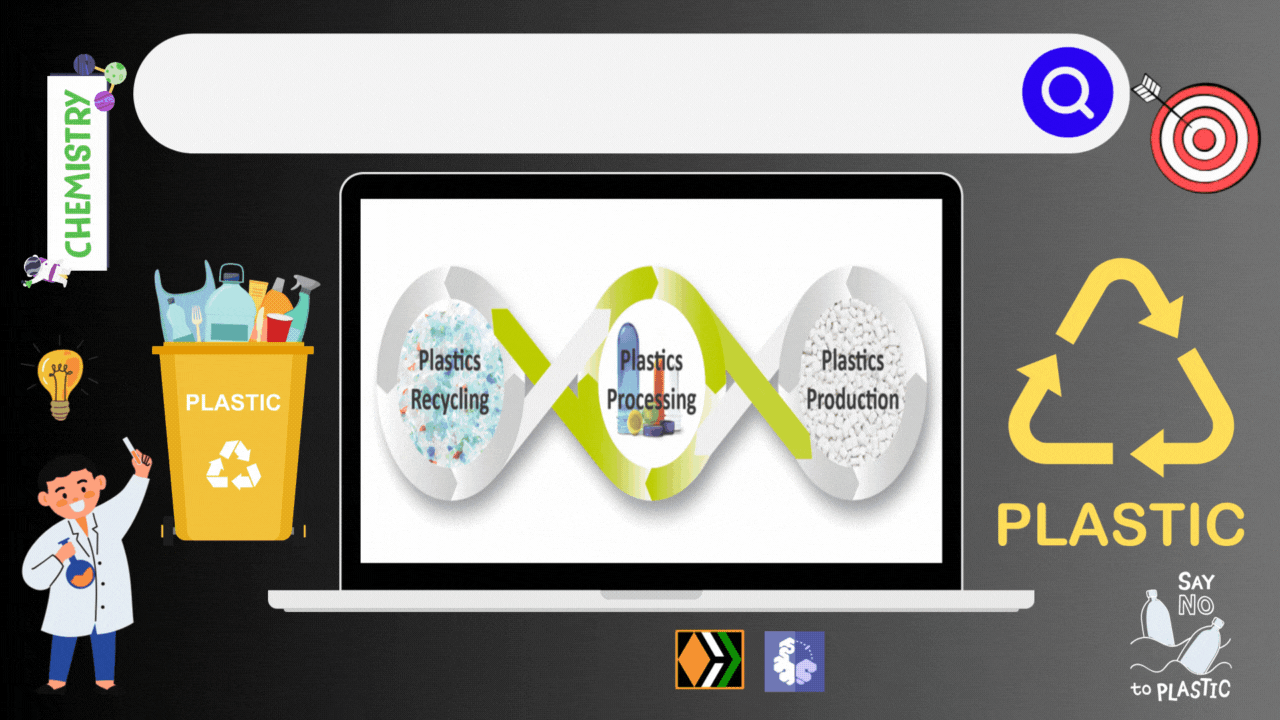
Plastic and Its Disposal
More than 300 million tonnes of plastic are produced every year, and approximately 50% of the plastic produced are used single time. Since most plastics are not degradable, their proper management and disposal is a global issue. The sudden increase in plastic consumption is not coupled with proper waste management, causing plastic to accumulate in landfills and oceans. More than 8 million tonnes of plastic enters the oceans, creating a huge impact on life in and around water.
One of the Sustainable Development Goals (SDGs) set by the United Nations is responsible consumption and production. This target refers to all natural resources, including oil, that people use through uncontrolled production and consumption.
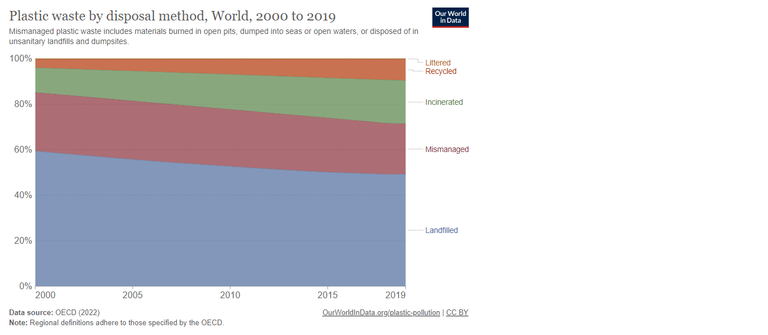
Most plastics are produced from petrochemicals, and the increase in demand for petrochemicals for plastic production is predicted to account for 20% of total oil used by 2050. Avoiding plastic completely will not be a viable plan. It is now everywhere around us, from the fibers in carpets and wool to the device you are currently using to read this.
It is important to educate yourself and others on ways to reduce product consumption and waste. Plastic. In addition to rejecting and reducing plastic problems, here are some measures you can take to overcome plastic problems.
Lifecycle of Plastic: From Trash to Treasure
Plastic waste management is crucial and needs to be seriously taken care of. At the current ongoing pace, production of single-use plastic bringing an unavoidable threat to environment and the lives living in it. We must take the necessary steps to lower their uses and if possible look for alternate ways to replace their uses.
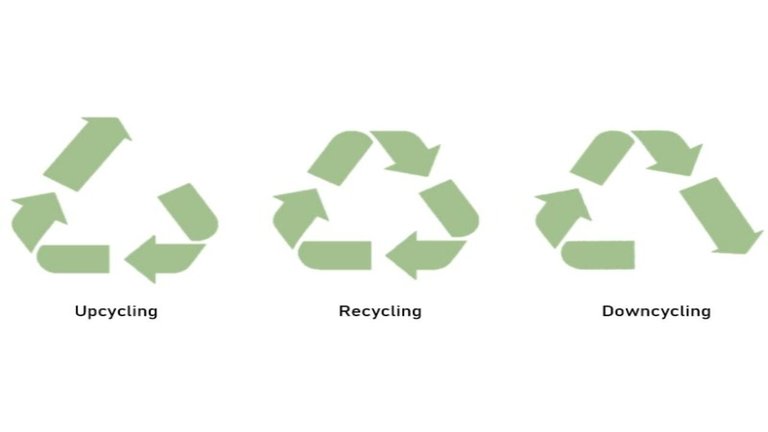
In moving the plastic trash to treasure, the chief processes involves are - upcycling, recycling and downcycling of plastic. Let's further discuss each of them.
Upcycling: A touch of creativity
Upcycling is the transformation of waste into something better or functional when used. Using a combination of non-replaceable materials and very little physical change makes it both cost effective and does not require training. Due to the diversity and abundance of plastic, recycling is a great way to use plastics many times before being reused.
Upcycling is also another good way to deal with waste, because plastic does not need processes such as recycling or degrading, thus saving a lot of energy and resources.

Imagine giving old, discarded plastic a brand new purpose. That's the magic of upcycling. This process takes items like plastic bottles and turns them into something better and more valuable. For instance, turning plastic bags into stylish accessories or crafting eco-friendly building materials from recycled plastics. Upcycling breathes new life into old plastic, keeping it out of landfills and reducing the need for more production.
- Reform Africa transforms waste plastic bags into beautiful and durable backpacks, rucksacks, etc. It is an initiative launched in 2018 by three transforming young women. The initiative not only aims to reduce plastic waste in Uganda, but also employs parents and youth in the community.
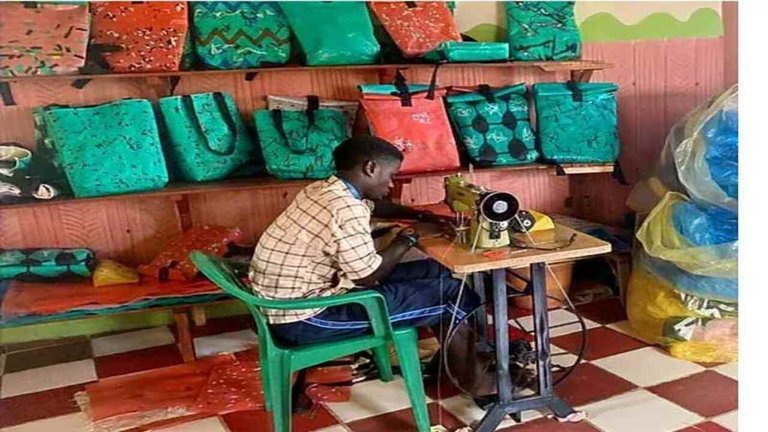
- Rimagined, a startup in India, transforms many waste products into unique products. They also recruit women from low economic backgrounds like Reform Africa, which helps them become part of the economy.
Recycling: The Old Reliable
When it comes to solutions to plastic pollution, the first thing that comes to mind is recycling. Recycling is the processing of plastic waste to produce plastic that is valuable and similar to the original plastic.
Recycling is like the trusty old friend in the world of plastic management. It's the process of collecting, sorting, and reusing plastic materials to create new products. From your empty soda bottles being turned into new containers to those plastic bags becoming park benches, recycling is the backbone of sustainability, conserving resources and energy while keeping plastic waste at bay.
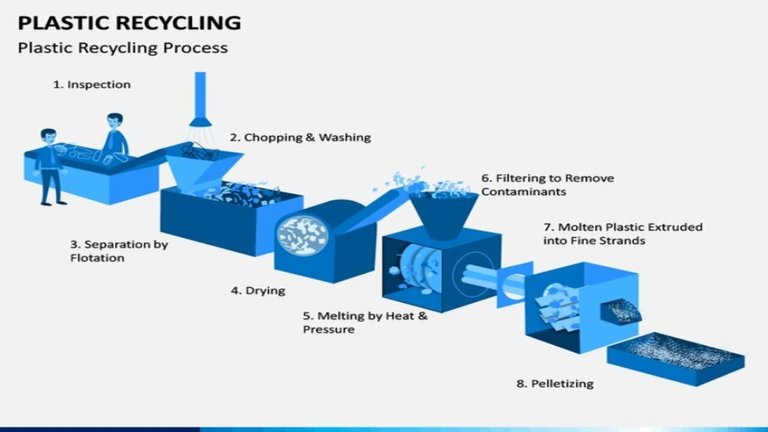
Why Recycle?
- Helps reduce waste:
Recycling helps reduce plastic waste in landfills, large plastic dumps and oceans. For every ton of plastic recycled, approximately 22.9 cubic meters of landfill space could be cleared.
- Save resources:
The production of new plastic is a process that uses energy and resources. Recycling saves two-thirds of energy and 16.3 barrels (about 2,591 liters) of fuel per ton of plastic. Reducing fuel also reduces other pollution during production, such as greenhouse gas production.
- Keeping Materials in Circulation:
Recycling not only reduces pressure on the environment, but has also become an important factor for the development of the circular economy.
Downcycling: Making the Best of a Situation
The concept of downcycling is often confused with recycling. Although plastic is processed by both of these two methods, the quality and value of the product is preserved in the recycling process, while the product is not processed well in the down-cycling process. Sometimes, old plastic can't quite make it back to its former glory. That's where downcycling comes in. In downcycling, recycled plastic is transformed into items of lower quality or function.
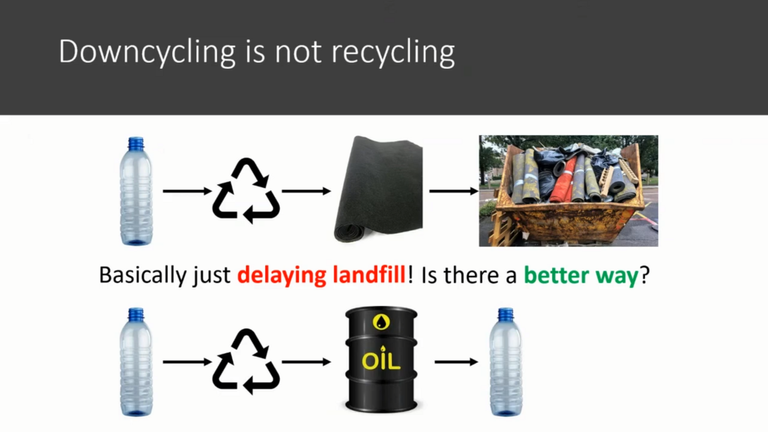
In general, plastic can be recycled once or twice before it starts to lose its structural integrity. With each recycling process, the length of the polymer shortens and its structure weakens. Although quality is not guaranteed, downcycling can extend the life of plastic by putting it back into the system rather than going to waste. Think of it as a way to extend the life of old plastic and prevent it from causing further harm in our environment.
Levi's, the fashion company famous for its denim, drawn the attention by "making jeans out of garbage." They launched a range of jeans made from plastic waste, using eight plastic bottles per pair to make a fashion statement.
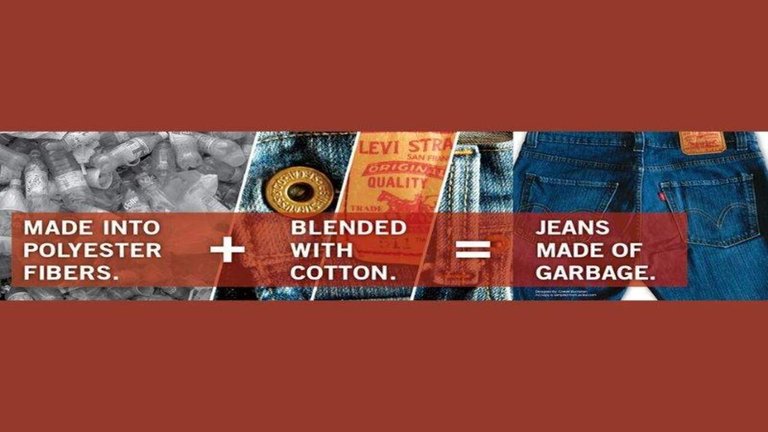
This not only reduces the cost of labor and water used in making denim, but also reduces plastic waste by making it smaller.
Innovations on the Horizon
- Chemical Recycling: Breaking Barriers
Traditional recycling methods have limitations, as plastics degrade with each recycling cycle. Chemical recycling is a game-changer that breaks plastics down into their basic molecules, which can be used to create high-quality plastics. This not only allows us to recycle complex plastic items but also reduces the need for new plastic production, making it a promising step towards a circular economy.
- Biodegradable Plastics: Earth-Friendly Alternatives
Biodegradable plastics are designed to break down faster than regular plastics. They can be made from plant-based materials, which makes them a greener alternative for certain uses. However, it's important to use them wisely and ensure they end up in environments where they can biodegrade effectively.
- Plastic Waste-to-Energy: Turning Trash into Power
Innovative technologies aim to transform non-recyclable plastic waste into energy. These methods include incineration, gasification, and pyrolysis. They generate heat or electricity while reducing the volume of plastic waste. Careful management is essential to minimize emissions and ensure they complement recycling and upcycling efforts.
Conclusive thoughts
The world of plastic management has come a long way, offering a palette of solutions to tackle the plastic pollution issue. From upcycling to downcycling, recycling, and emerging technologies like chemical recycling and waste-to-energy, we are on a mission to reduce the environmental impact of plastics. As consumers, our role is clear – support these initiatives, reduce plastic consumption, and dispose of plastic waste responsibly. By doing so, we can all contribute to a cleaner, greener world for ourselves and generations to come.
Until we meet again :)

Plastic Processing: Upcycling, Recycling, Downcycling And More
Plastic upcycling: From waste to fuel for less
Qualityy management in plastic processing, ScienceDirect
Spectrophotometry Simplified: The Beer-Lambert Law in Spectrophotometry |ChemFam #65|
Chromatography: Unraveling the Science of Separation |ChemFam #64|
Colorful Clues: The Magical World of Chemical Indicators |ChemFam #63|
Colloids in Action: Impacting Your Daily Life More Than You Think |ChemFam #62|
The Complex Landscape of Opioid Analgesics: Addressing The Concerns |ChemFam #61|
Genetic Engineering: Pioneering Progress or Ethical Predicament? |ChemFam #60|
The Guardians Against Microbial Menace: Antibacterial Agents |ChemFam #59|
The Cholesterol Conundrum: The Story of Statins |ChemFam #58|
Unveiling The Control Of Chemistry: How Hormones Dictate Our Mood |ChemFam #57|
Thermodynamic Versus Kinetic Control of Reactions |ChemFam #56|
Bosons: The Quantum Glue That Holds The Universe Together |ChemFam #55|
Extraction of Lithium Using Electrode Materials of Lithium Ion Battery-II |ChemFam #54|
Extraction of Lithium Using Electrode Materials of Lithium Ion Battery |ChemFam #53|
Helium: The First Noble Gas |ChemFam #52|
Hydrogen: The Simplest Atom |ChemFam #51|
Elements, Atoms and Atomic Theory |ChemFam #50|
Have You Thanked A Clod Today? |ChemFam #49|
Nuclear Energy: Will It Rise Again? |ChemFam #48|
Soaps: An Essential and Effective Cleansing Agent |ChemFam #47|
Chemicals in Food : Debunking Myths and Ensuring Safe Consumptions |ChemFam #46|
Unveiling The Secrets of Antiseptics and Disinfectants |ChemFam #45|
What are Antimicrobials and Antimicrobial Drugs? |ChemFam #44|
Therapeutic Action of Different Classes of Drugs |ChemFam #43|
PS The thumbnail image is being created by me using canva.com

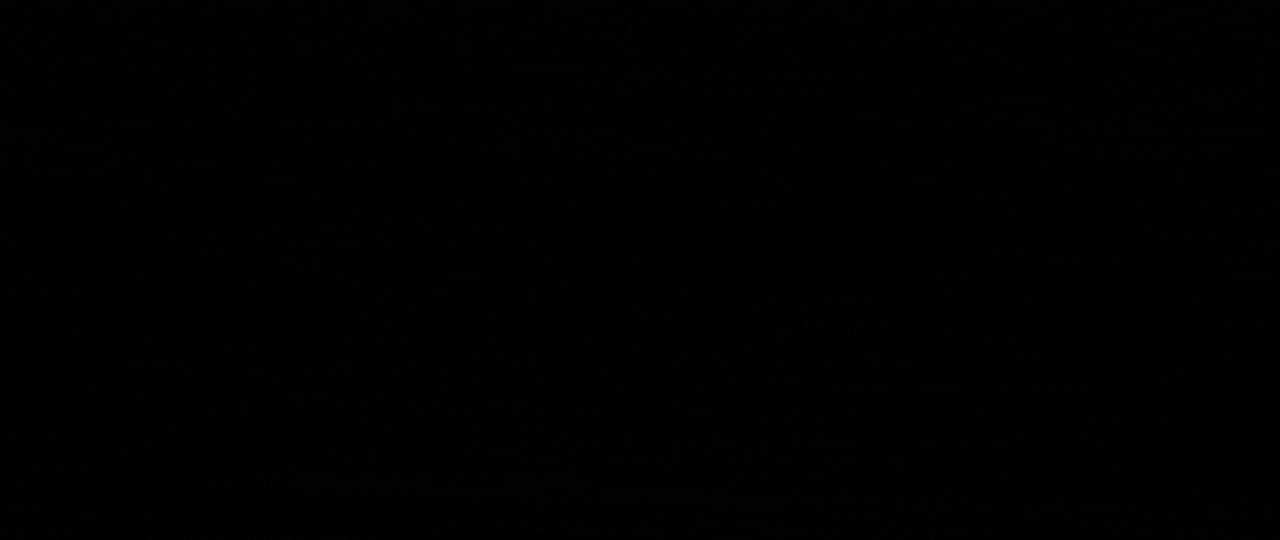

!pizza
!lolz
lolztoken.com
She laughs while I'm tickling and is angry at me when I stop.
Credit: reddit
@splash-of-angs63, I sent you an $LOLZ on behalf of tin.aung.soe
(3/10)
NEW: Join LOLZ's Daily Earn and Burn Contest and win $LOLZ
This post has been manually curated by @bhattg from Indiaunited community. Join us on our Discord Server.
Do you know that you can earn a passive income by delegating to @indiaunited. We share more than 100 % of the curation rewards with the delegators in the form of IUC tokens. HP delegators and IUC token holders also get upto 20% additional vote weight.
Here are some handy links for delegations: 100HP, 250HP, 500HP, 1000HP.
100% of the rewards from this comment goes to the curator for their manual curation efforts. Please encourage the curator @bhattg by upvoting this comment and support the community by voting the posts made by @indiaunited.
Thanks for your contribution to the STEMsocial community. Feel free to join us on discord to get to know the rest of us!
Please consider delegating to the @stemsocial account (85% of the curation rewards are returned).
Thanks for including @stemsocial as a beneficiary, which gives you stronger support.
Congratulations @splash-of-angs63! You have completed the following achievement on the Hive blockchain And have been rewarded with New badge(s)
Your next payout target is 2000 HP.
The unit is Hive Power equivalent because post and comment rewards can be split into HP and HBD
You can view your badges on your board and compare yourself to others in the Ranking
If you no longer want to receive notifications, reply to this comment with the word
STOP